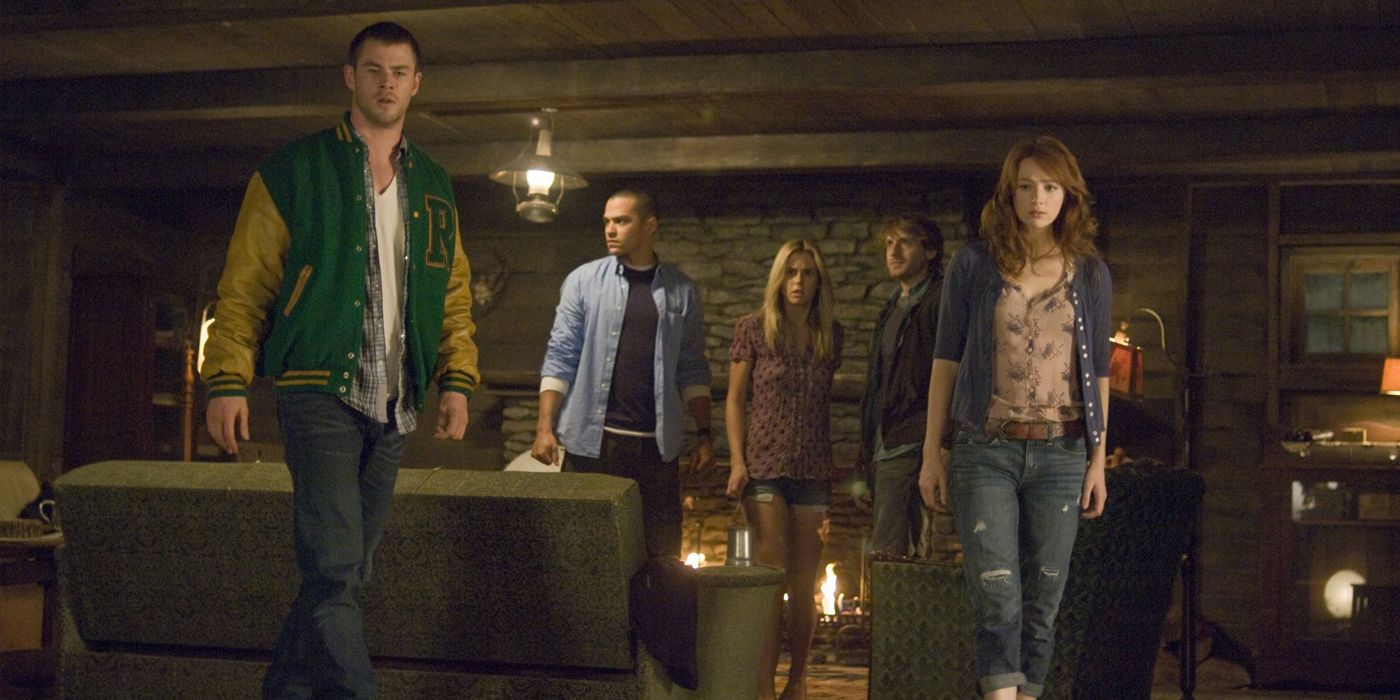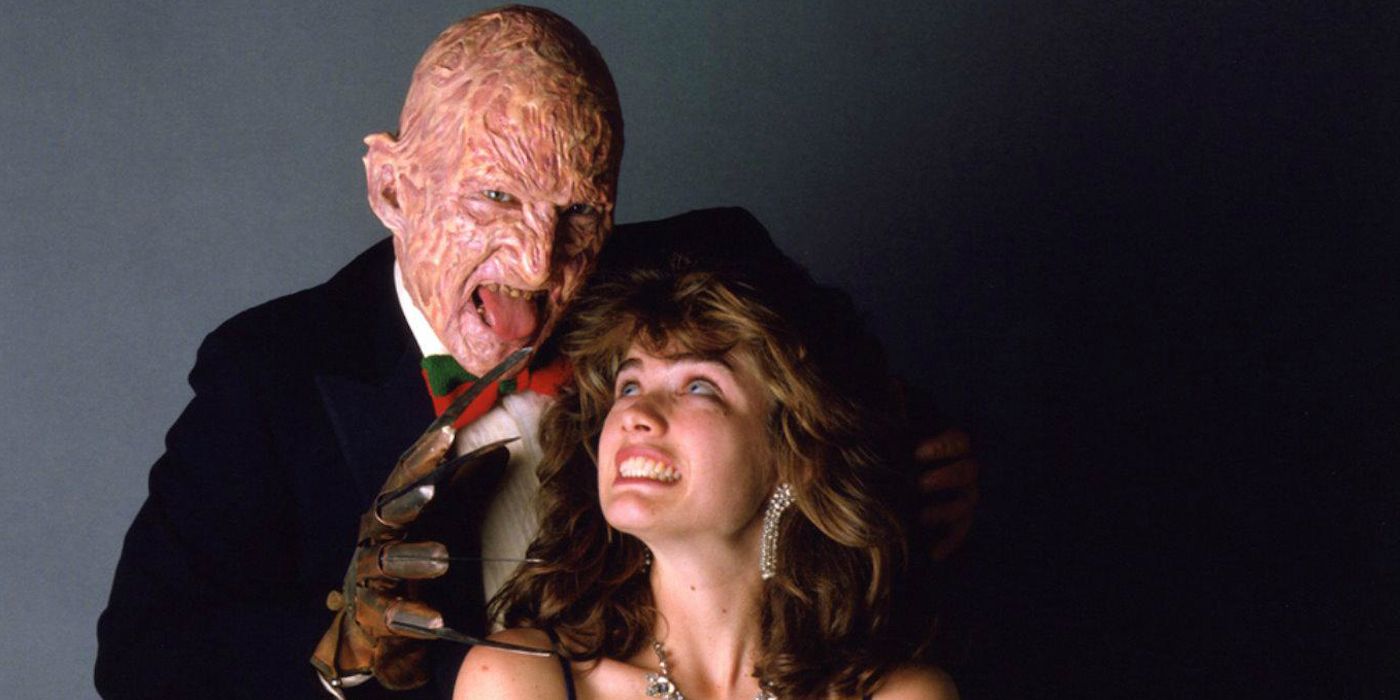
Drew Goddard and Joss Whedon’s Cabin in the Woods is one of the few horror films that can be considered a modern classic as it not only pays respect to iconic horror films, but also connects to some in exciting ways.
At their core, horror films are very simple, especially many entries in the slasher genre. Due to how there have been decades of different takes on this basic premise, it can be especially challenging to come up with fresh ideas on a classic formula. Some standout projects come around every so often, but original horror ideas can sometimes feel like rarities. Cabin in the Woods makes such an impression because it’s a geeky love letter to the genre, but also deconstructs horror cinema and helps push it to new, challenging places.
Cabin in the Woods begins like many standard horror films where a bunch of attractive teenagers head off to an unassuming cabin in the woods. Once the film begins to settle, it begins to pull the rug out from under everyone and embraces a much more complex story. The story is actually about a secret government organization who not only orchestrate the events behind a group of friends' dangerous vacation, but who have seemingly been responsible for a lot of the horror that takes place in the world. Cabin in the Woods’ script by Goddard and Whedon is particularly smart and it respects the horror audience, rather than belittle them. As a result, Cabin in the Woods features plenty of Easter eggs and nods to horror’s most memorable films and monsters, including A Nightmare on Elm Street.

One of the more notable scream queens to come out of horror is A Nightmare on Elm Street’s Heather Langenkamp. She has popped up occasionally throughout Wes Craven’s formative franchise and instantly gives a horror film some credibility. Langenkamp lends her talents to Cabin in the Woods, but not an acting capacity. Instead, Langenkamp and her husband, David LeRoy, worked on Cabin in the Woods as prosthetics and special makeup effects artists. Both Heather and David run the effects company, AFX Studio. Langenkamp is coyly credited in the film as Heather L. Anderson, and it’s interesting to see her bringing monsters to life and creating fear rather than acting opposite it.
Having the original final girl from Elm Street working on Cabin in the Woods is a fun horror connection, but the reflexive horror film even goes a little further with its love for the Elm Street series. A monster who looks like Freddy Krueger, complete with a razor-fingered glove, can be seen on one of the monitors before all the creatures are released to wreak havoc on the company that has attempted to control them. Visually, there’s no mistaking this reference, but Cabin in the Woods tries to make the Elm Street nod as explicit as possible. The Freddy surrogate reaches towards the camera in a gesture that’s intentionally reminiscent of Nancy's bathtub nightmare from the first Elm Street movie. With a horror film that’s as dense and layered as Cabin in the Woods, there are likely even more connections to other films in it that people are still discovering years after its debut.
from ScreenRant - Feed https://ift.tt/353ZVkv

0 comments:
Post a Comment